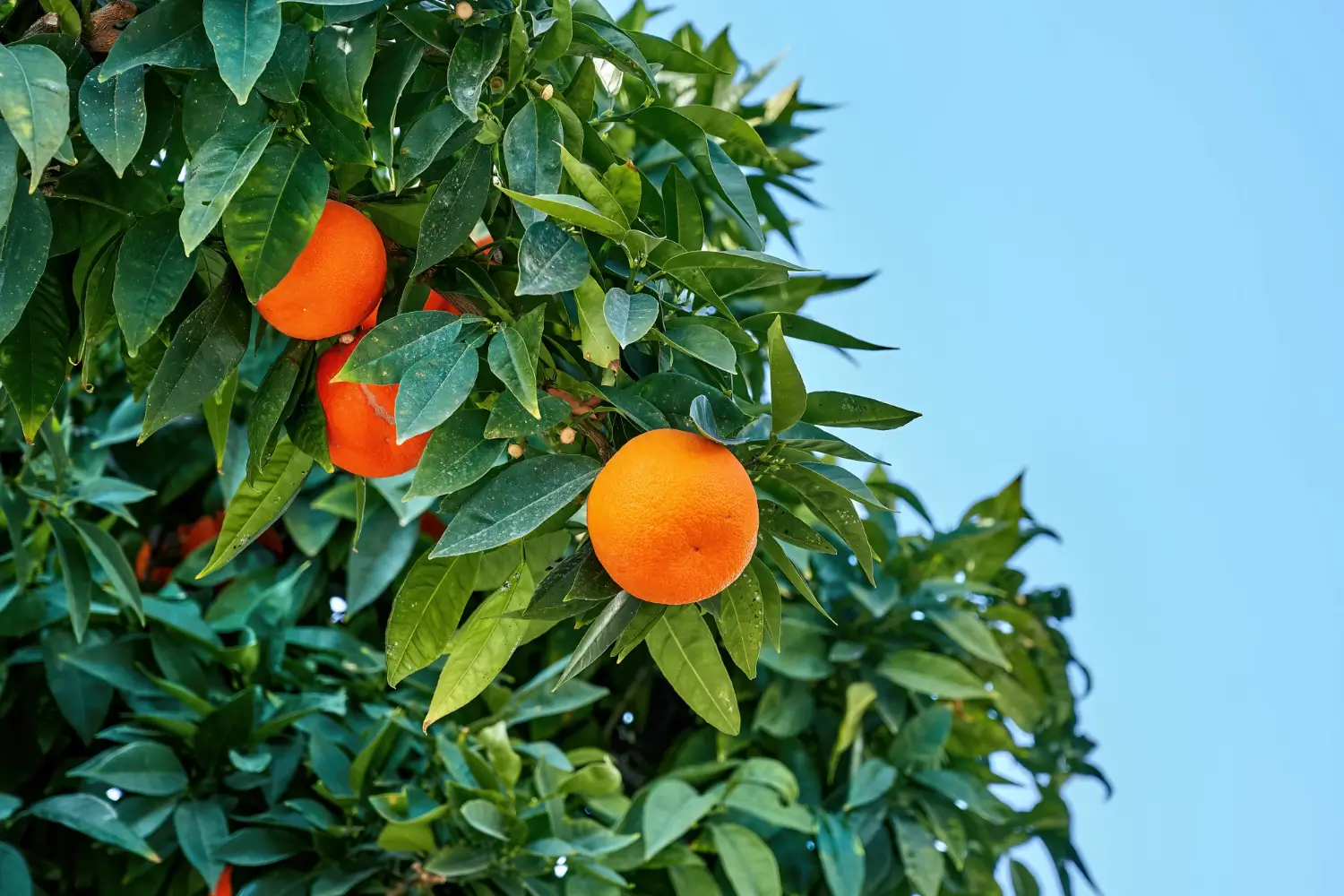
Soil Health & Fertilization
We unite suppliers and green industry professionals worldwide
With glossy green leaves and clusters of small, richly perfumed flowers, daphne gives charm and sophistication to the winter garden when little else is blooming. This shrub can be fussy but can offer years of exquisite beauty and scent to those who pamper
By Mariam Scott
|Published on June 20, 2025
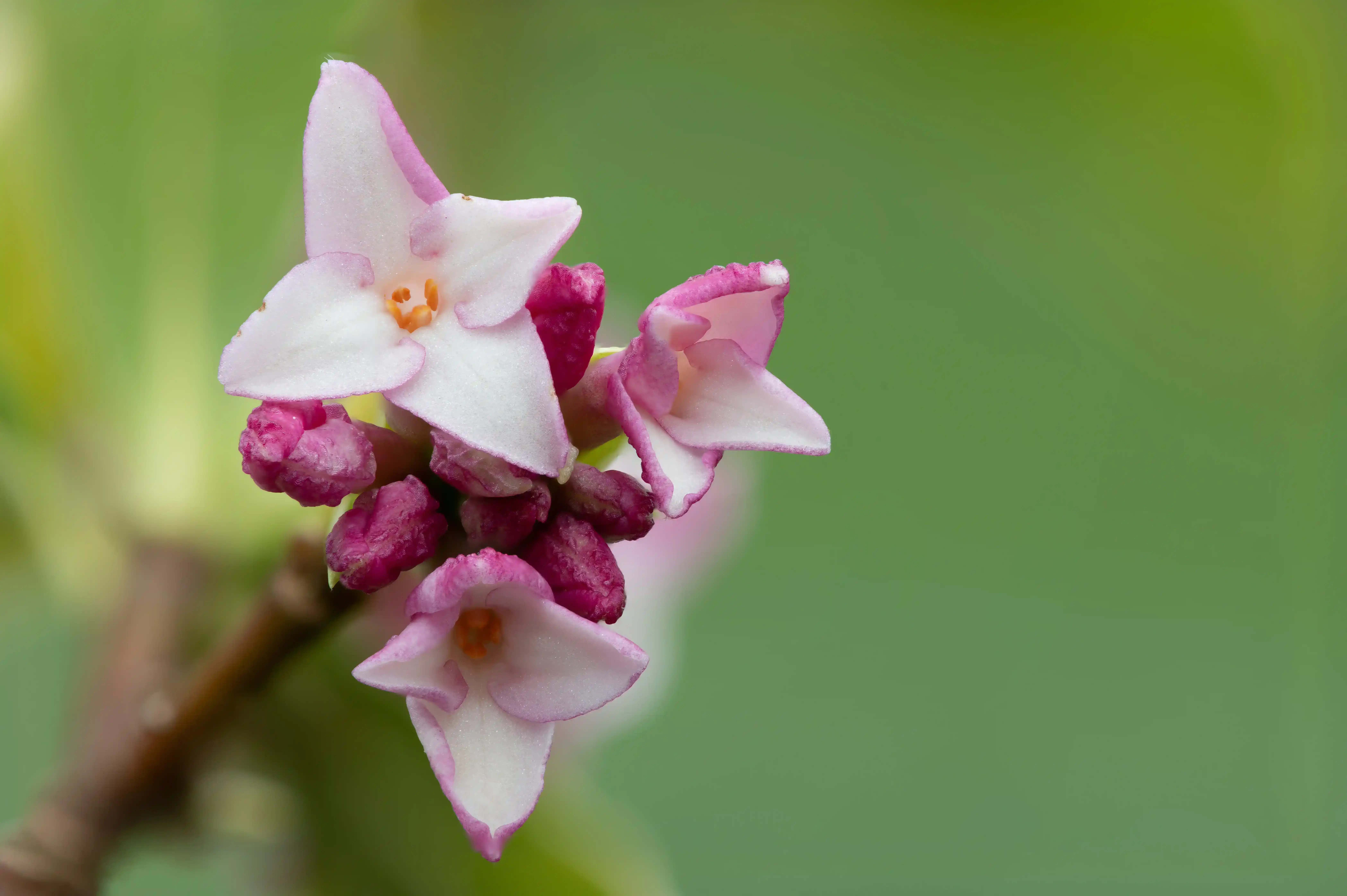

Have you ever encountered a shrub so fragrant it stops you mid-step in the garden?
Daphne is that plant —the one known for its intense fragrance, compact form and the promise of winter-to-spring flowering. With glossy green leaves and clusters of small, richly perfumed flowers, daphne gives charm and sophistication to the winter garden when little else is blooming. This shrub can be fussy but can offer years of exquisite beauty and scent to those who pamper it. Whether growing near an entrance or in a pot, Daphne will provide a garden with a rich sensory experience.
This is not just a pretty plant. Daphne represents the kind of strength and grace that comes through silence. It requires just a little patience and sensitivity, but it will reward you with a sensory experience few plants can match. Whether it’s winter-blooming Daphne odora scenting the path outside your door or a Daphne cneorum, spreading over a rock wall, this shrub exudes timeless charm. It fits just as comfortably in a formal garden as it does in a woodland edge or shady courtyard.
Gardeners often talk about Daphne in hushed tones—part awe, part caution. Yes, it can be fussy. No, it does not like to be moved. But treat it properly — choose the right location, avoid wet feet and try to resist the urge to meddle—and you’ll be rewarded with a plant that offers sheer delight at a time of year when very little else dares to bloom.
| Common Names | Daphne, Winter Daphne, Garland Flower |
| Botanical Name | Daphne spp. |
| Type | Woody shrub |
| Height | 1–5 feet (depending on the species) |
| Sun | Partial shade; morning sun is the best |
| Soil | Well-drained, slightly acid and organically rich. |
| Water | Moderate; doesn’t like both drought and soggy conditions |
| Hardiness Zones | 6 — 9 (USDA equivalent) |
| Bloom Time | Late winter to early spring (some species in summer) |

September 25, 2025
9 minute read
September 24, 2025
9 minute read
September 23, 2025
10 minute read
September 22, 2025
9 minute read


Join as a seller and connect with thousands of B2B buyers nationwide!
Sign Up
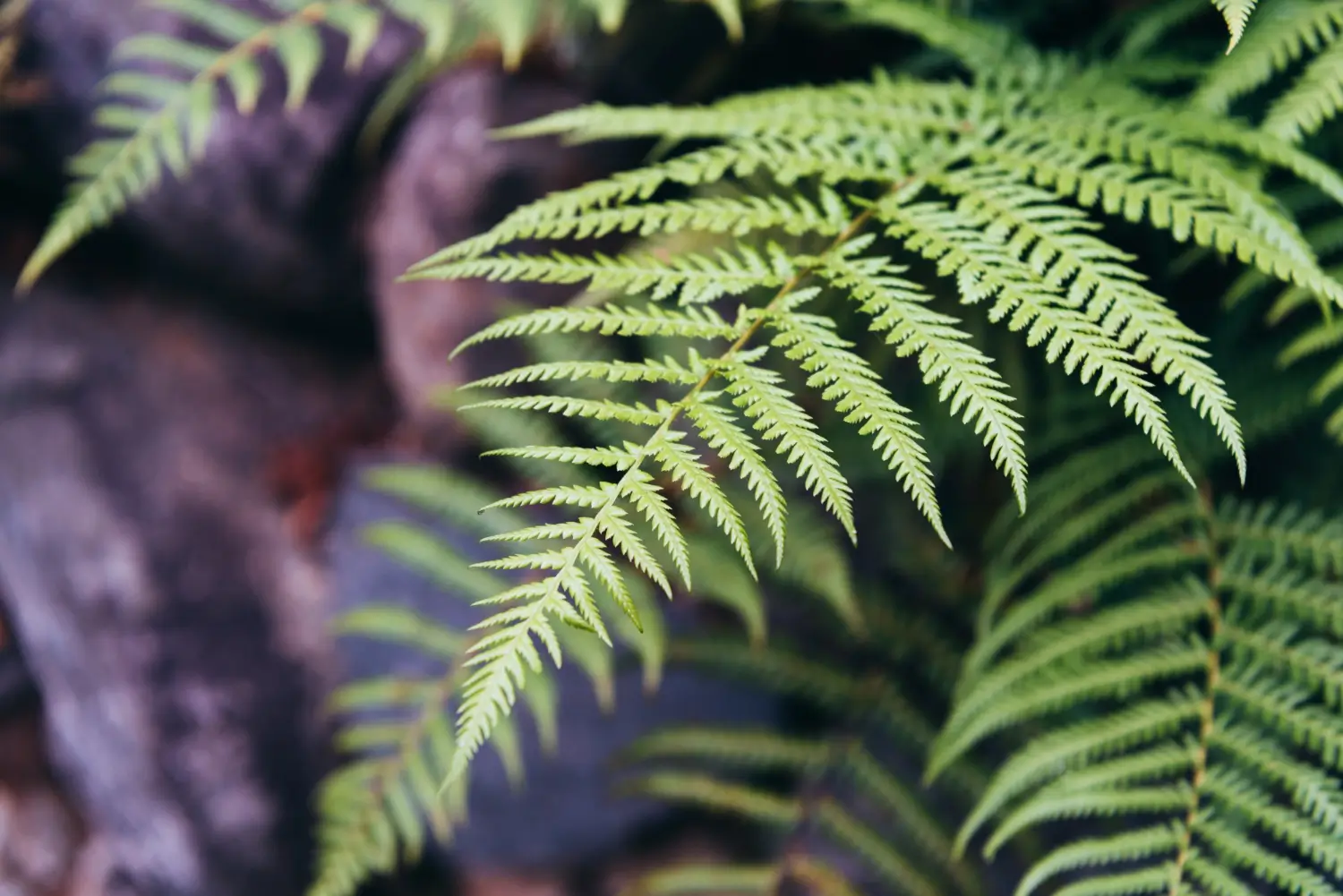
Lady Ferns
A Thin and Elegant Greenery That Flourishes in Shade
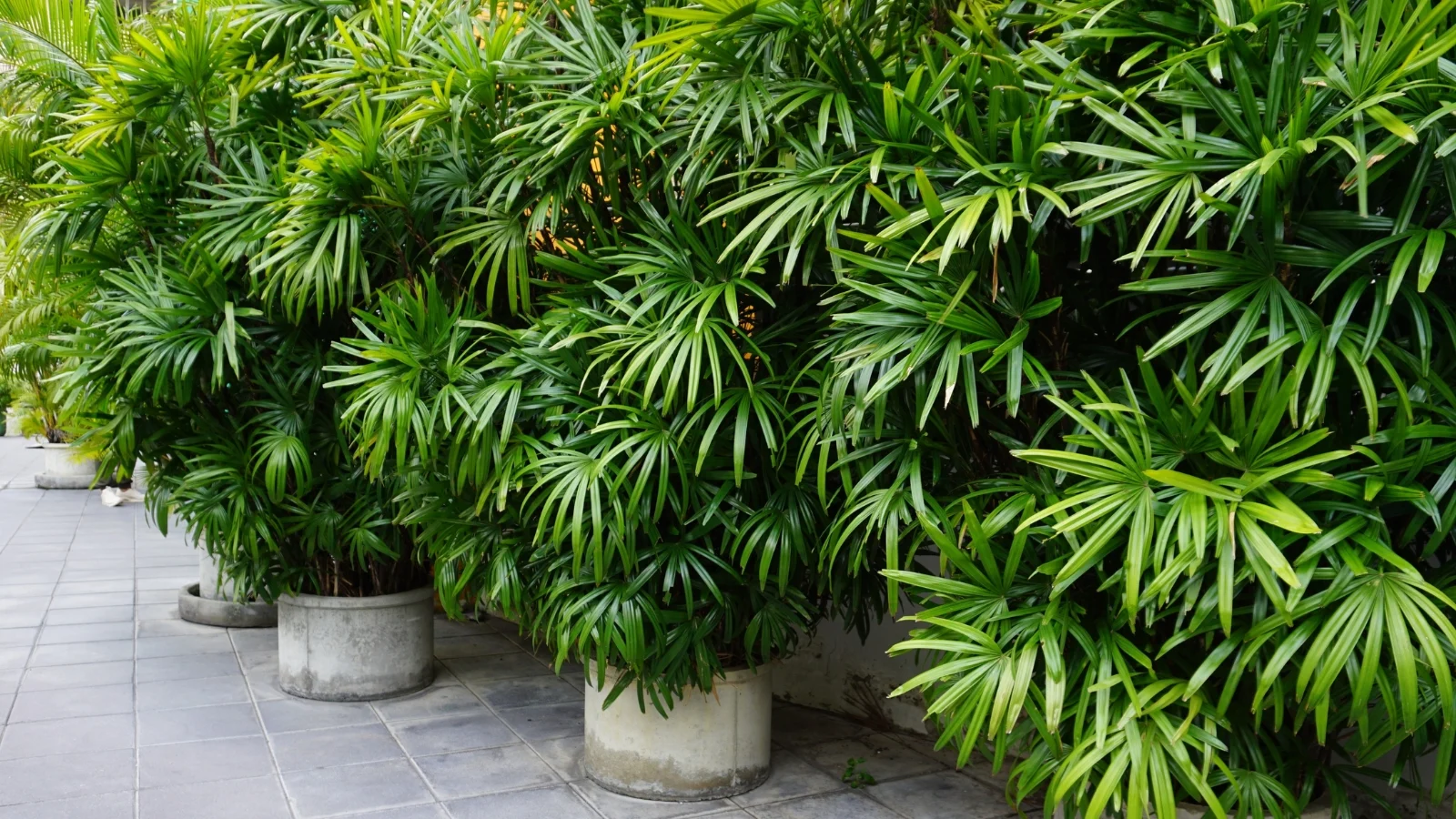
Lady Palm
A Low-Maintenance, Graceful Palm for Indoors and Gardens
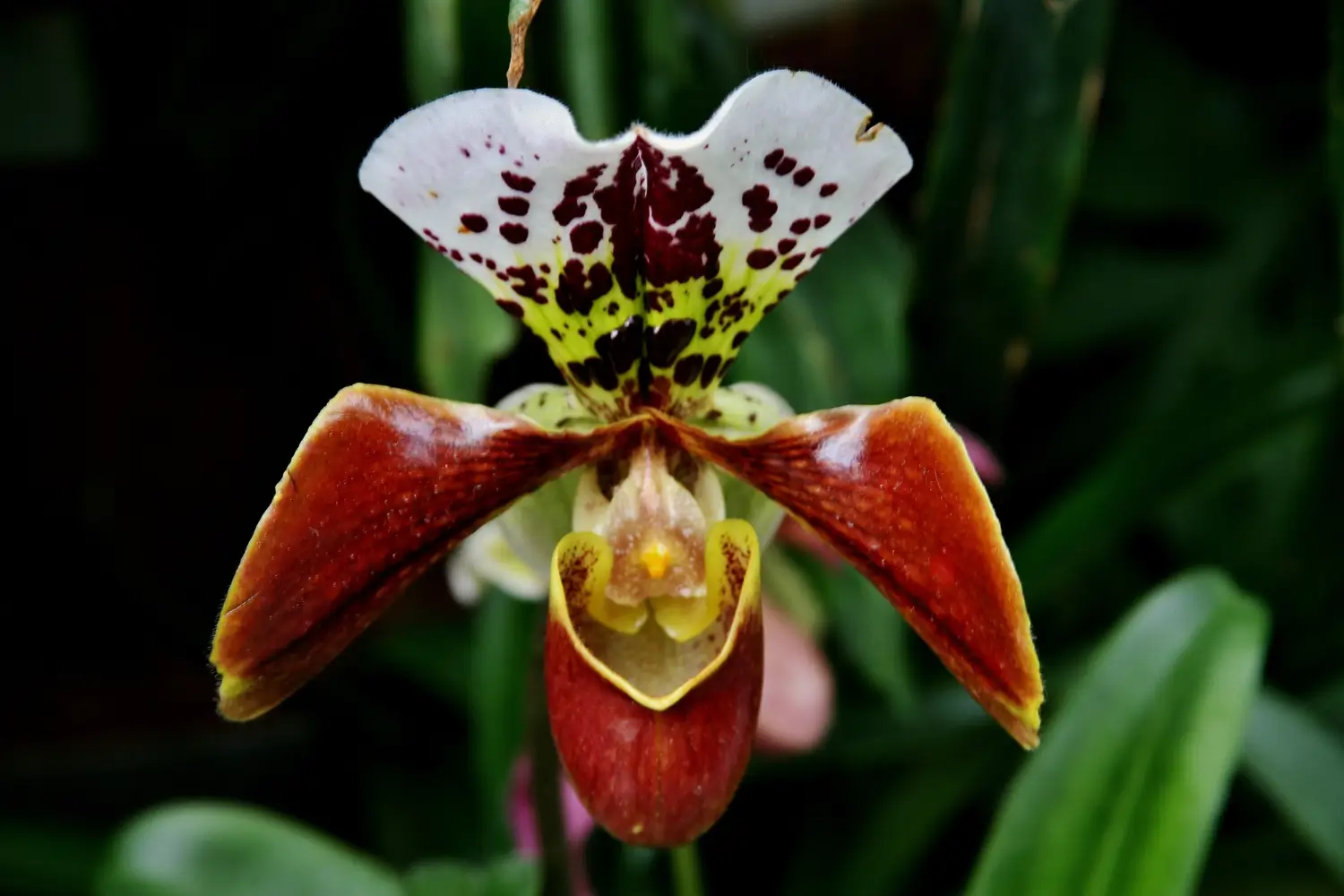
Lady Slipper Orchid
An Exquisite Orchid with Unique, Slipper-Shaped Blooms
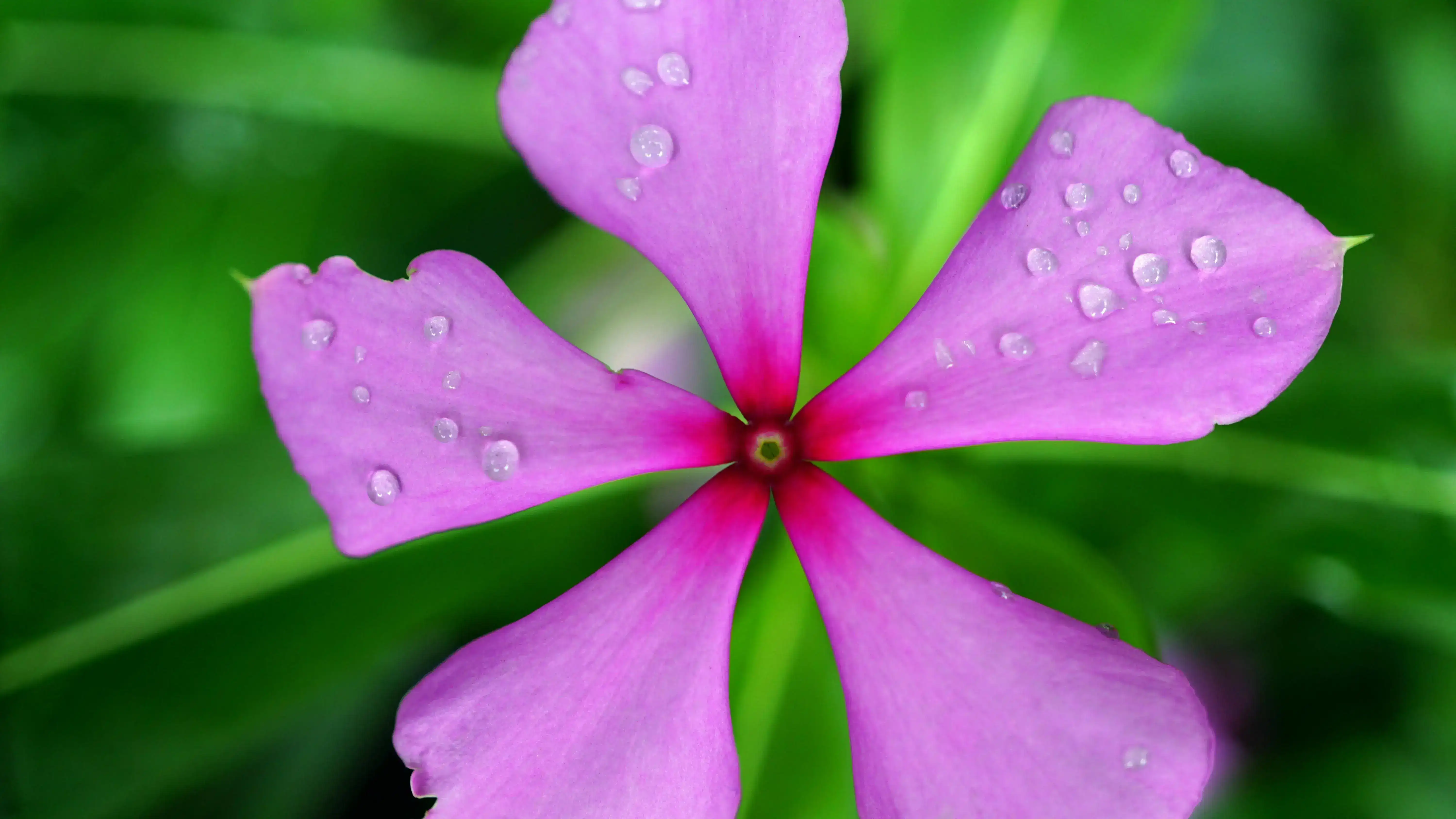
Madagascar Periwinkle
The Madagascar Palm (Pachypodium lamerei) is a plant that has many gardeners wondering just that. Despite its name, it’s not a real palm, it’s a succulent, but it absolutely earns its place as a dramatic showpiece. This plant is a garden staple in warmer
Daphne is a jewel of the garden with some particular requirements. It’s not very fussy, but it needs the right environment to flourish. Proper siting is everything — somewhere cool, sheltered from harsh winds, with dappled light and good drainage. After it’s established, do not disturb the roots or move it.
Daphne doesn’t like being overwatered or ignored, it prefers even watering and steady conditions. Mulch to protect shallow roots and avoid extremes in moisture or temperature. With a little care and patience, this refined shrub can turn into a cherished feature in your garden.
Daphne likes partial shade, especially afternoon protection from bright sun. An ideal spot offers morning sun with light afternoon shade, particularly in hot climates. Full sun can burn leaves, and too much shade may reduce flowering.
Daphne requires a rich, loose, well-draining soil. Slightly acid to neutral pH is best. Heavy clay or compacted soils are risky — Daphne doesn’t like soggy feet or bad air circulation. Improve the drainage by adding compost, leaf mould or coarse sand.
Tip: Raised beds or sloped planting areas help prevent root rot in wet seasons.
Daphne prefers its soil to be kept consistently moist, especially when blooming and establishing. Avoid drought and sogginess. Once mature, water only during dry spells or extreme heat.
Key rule: Water thoroughly, but not often. Never allow it to remain in wet or waterlogged conditions.
Daphne requires little pruning and generally dislikes heavy cutting. Pruning should be light and done just after flowering to avoid cutting off next year’s buds.
When to prune: After blooming, in late spring
What to prune:
Avoid:
Propagation is tricky but possible. Daphne is not easily grown from seed and is best propagated by semihardwood cuttings.
Propagation from cuttings:
Note: Success rates are low; patience and careful conditions are essential.
Great for a patio or for an entryway, Daphne Daphne can be grown in pots if given the right care.
Pot requirements:
Potted Daphne requires careful attention and enjoys being gently repotted or top-dressed with fresh mix each year.
The majority of Daphne species are hardy, but young plants, or those grown in containers, will require protection.
Winter care tips:
Daphne is valued for its fragrant, star-shaped flowers that blossom when little else is blooming — typically late winter to early spring.
Bonus: Some species, like Daphne odora, bloom when little else dares
While beautiful, Daphne can be temperamental. Drainage problems, root disturbance and stress are the primary reasons for most other issues.
Common problems:
Secrets of success: Consistent care, proper location, and NO root disturbance
Fragrant, graceful, and visually refined, Daphne is the plant that earns its place through pure garden enchantment. While not for the forgetful or heavy-handed, it richly rewards attentive gardeners with early blooms and unforgettable scent. In the right location, in well-draining soil and with a gentle hand, Daphne is a living treasure, sweetening the air and calming the spirit—even in the coldest months.
With proper care, many Daphnes can survive 10–20 years or longer. Some species have shorter life spans.
Daphne is susceptible to root disturbance, poor drainage and diseases. Sudden collapse can occur when conditions change quickly or roots remain excessively wet.
No, Daphne prefers the great outdoors, with air circulating around her, fluctuating light and winter chill to set buds.
Most flower in late winter to early spring, but there are some that bloom in the summer (Daphne x transatlantica).

Soil Health & Fertilization
Victor Miller
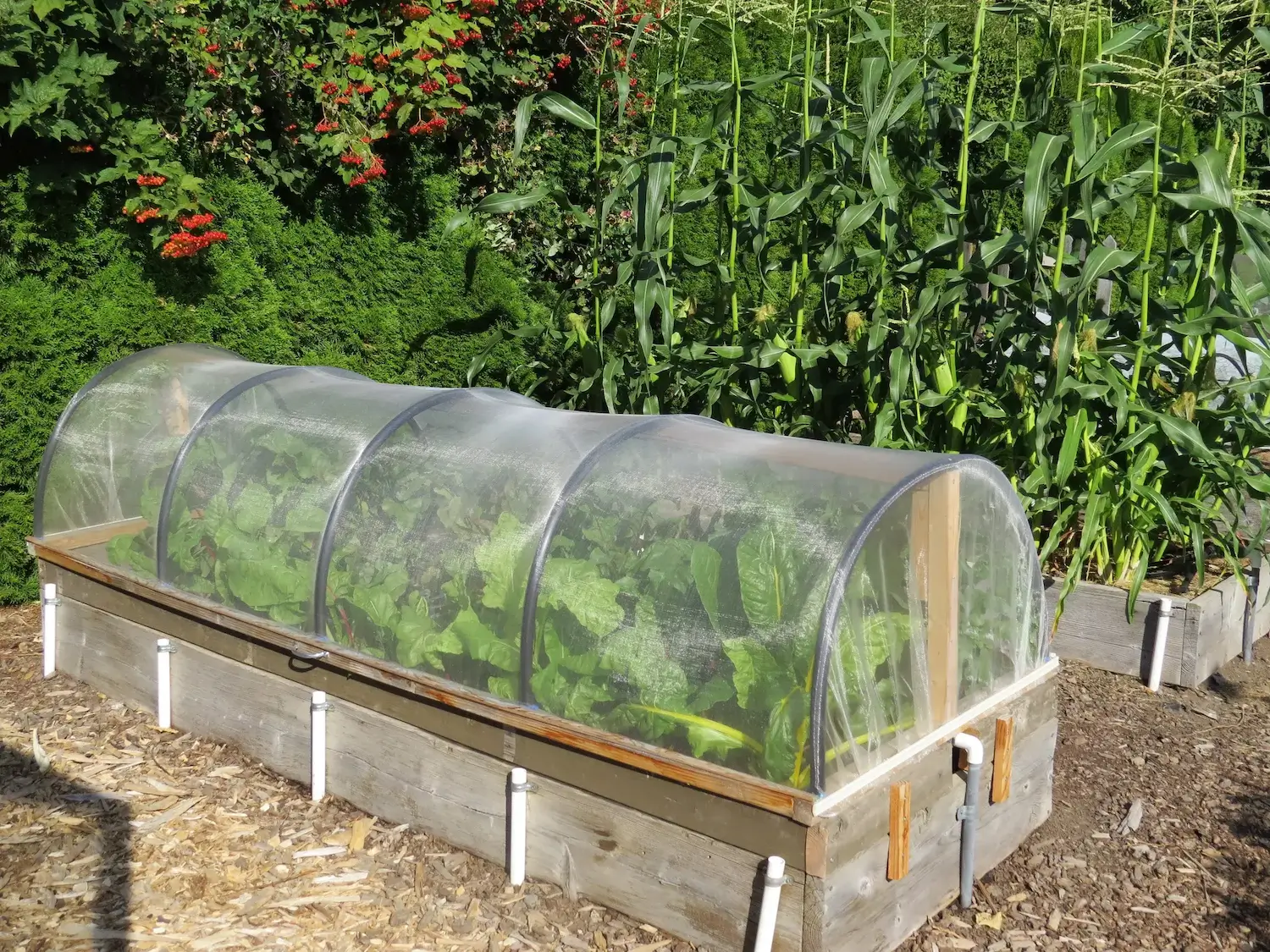
Pest Identification & Prevention
Victor Miller
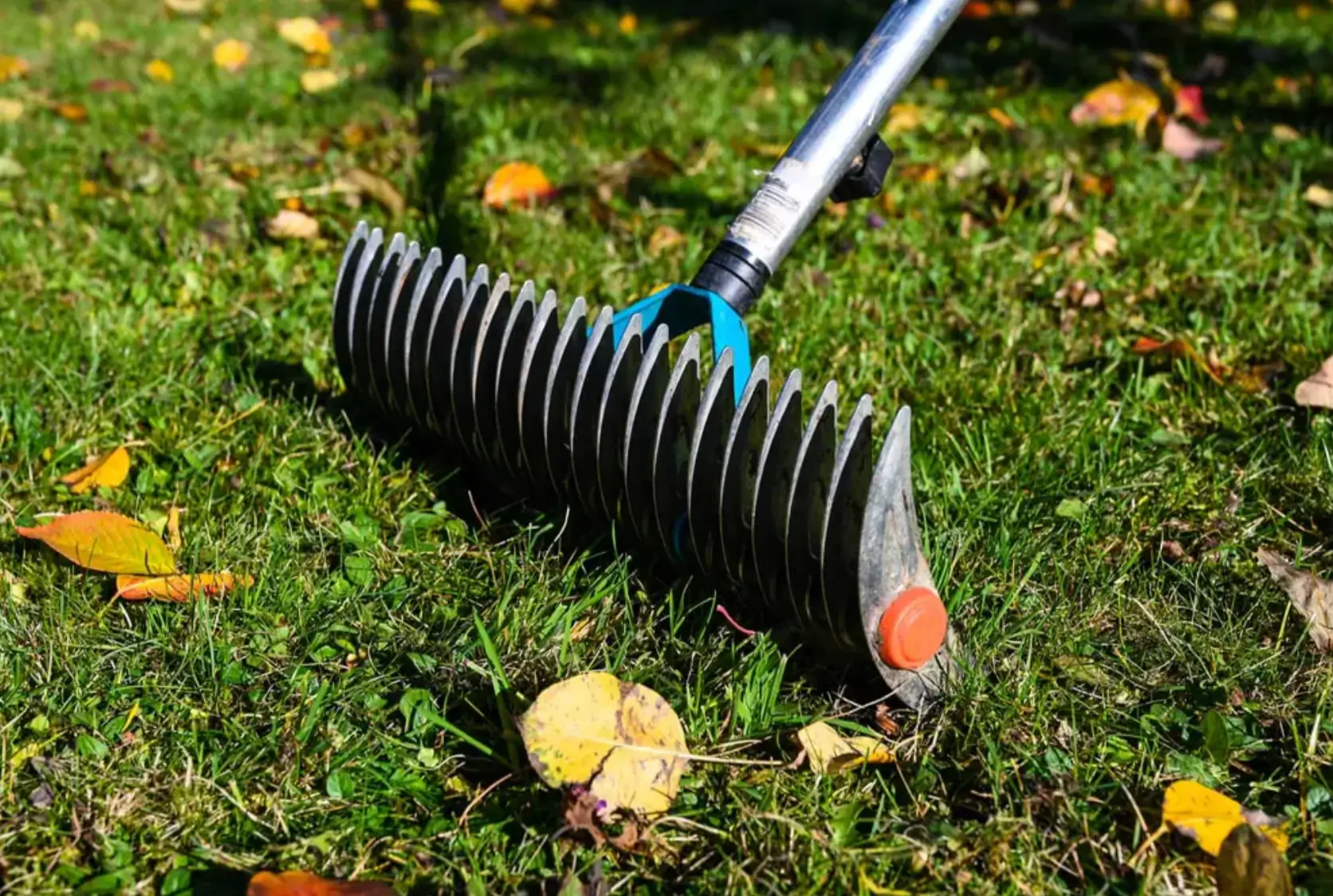
Lawn Care Tips & Maintenance
Victor Miller
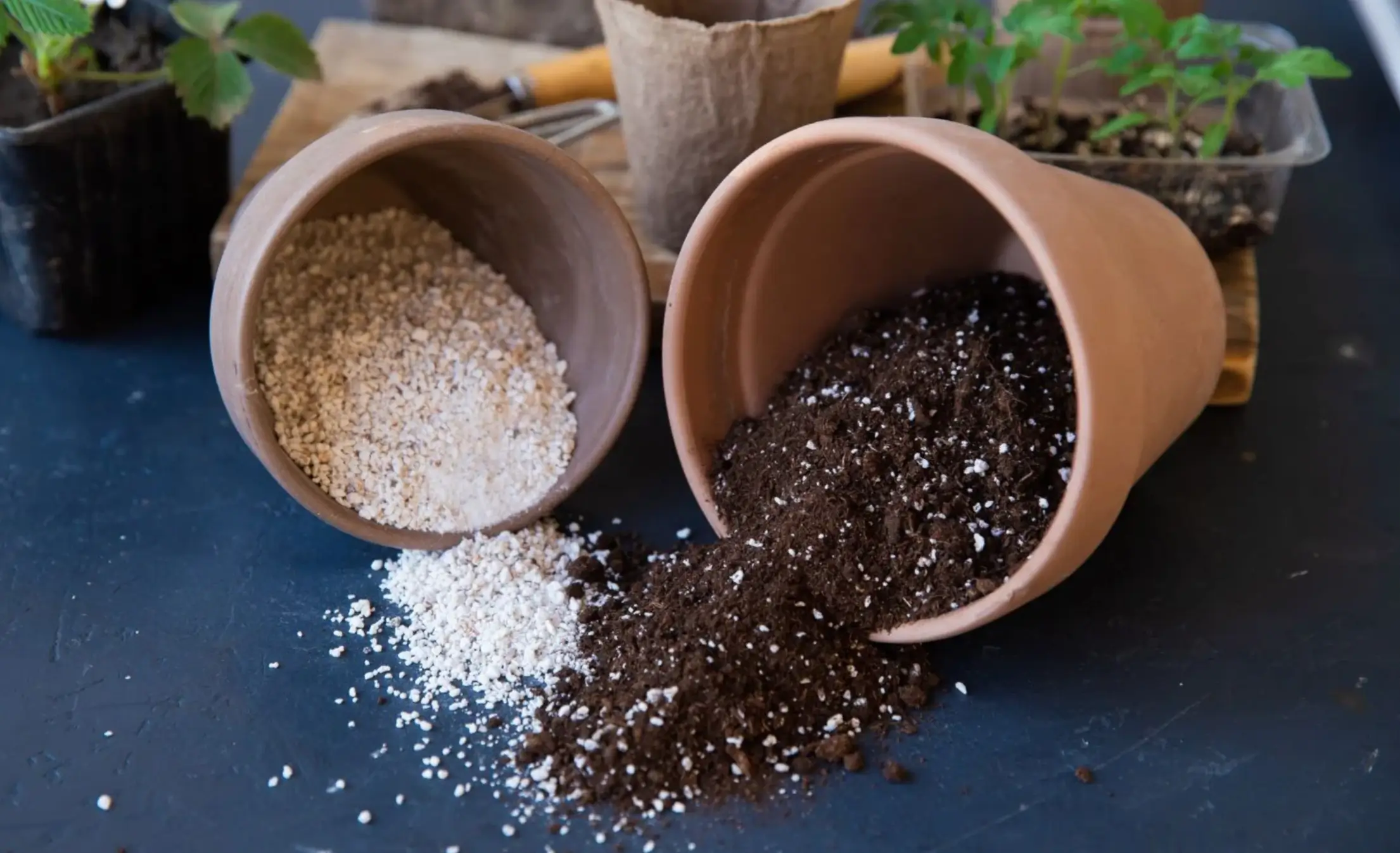
Soil Health & Fertilization
Victor Miller

Smart Irrigation Systems
Victor Miller
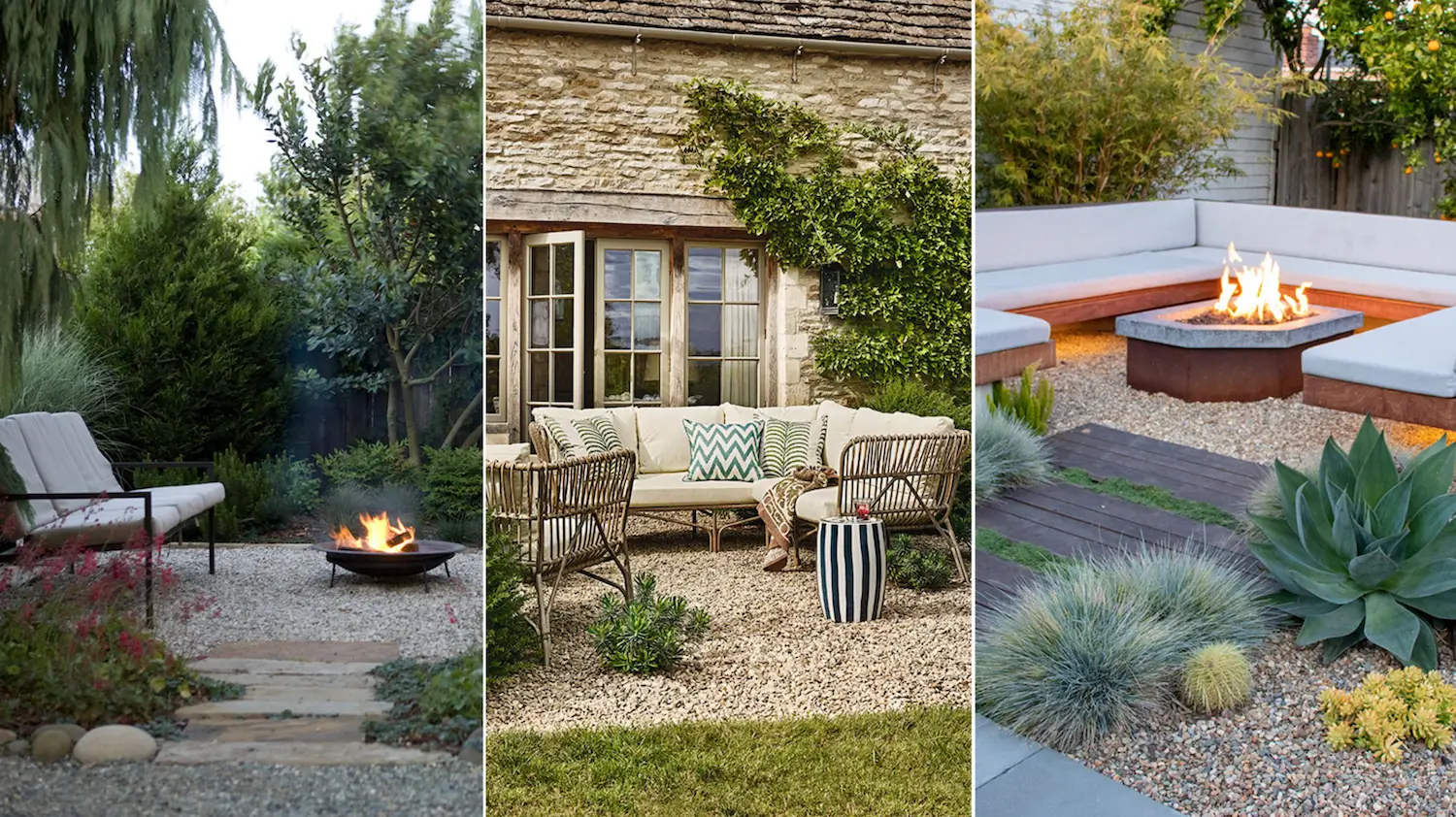
Patios, Walkways & Driveways
Victor Miller
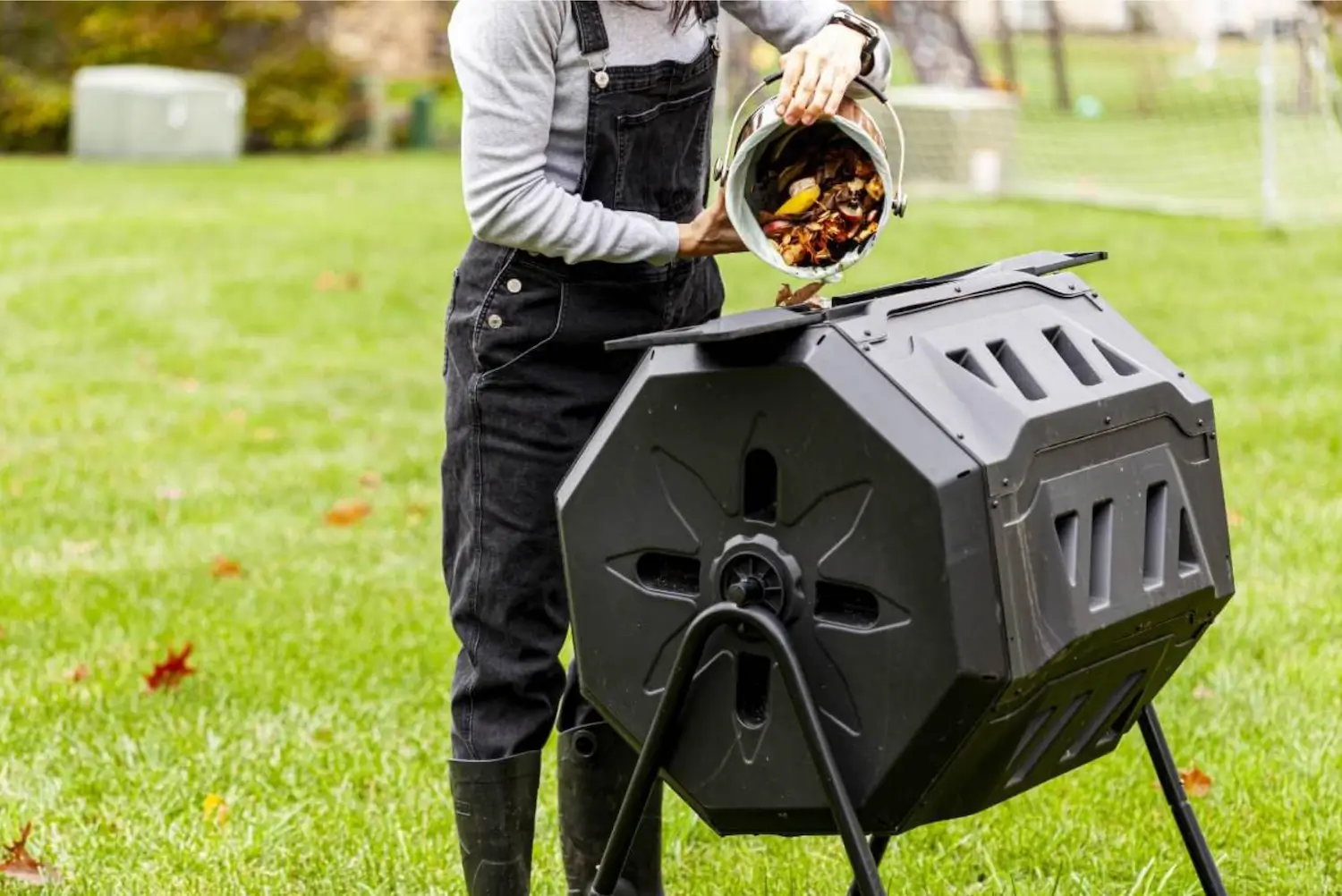
Soil Health & Fertilization
Victor Miller
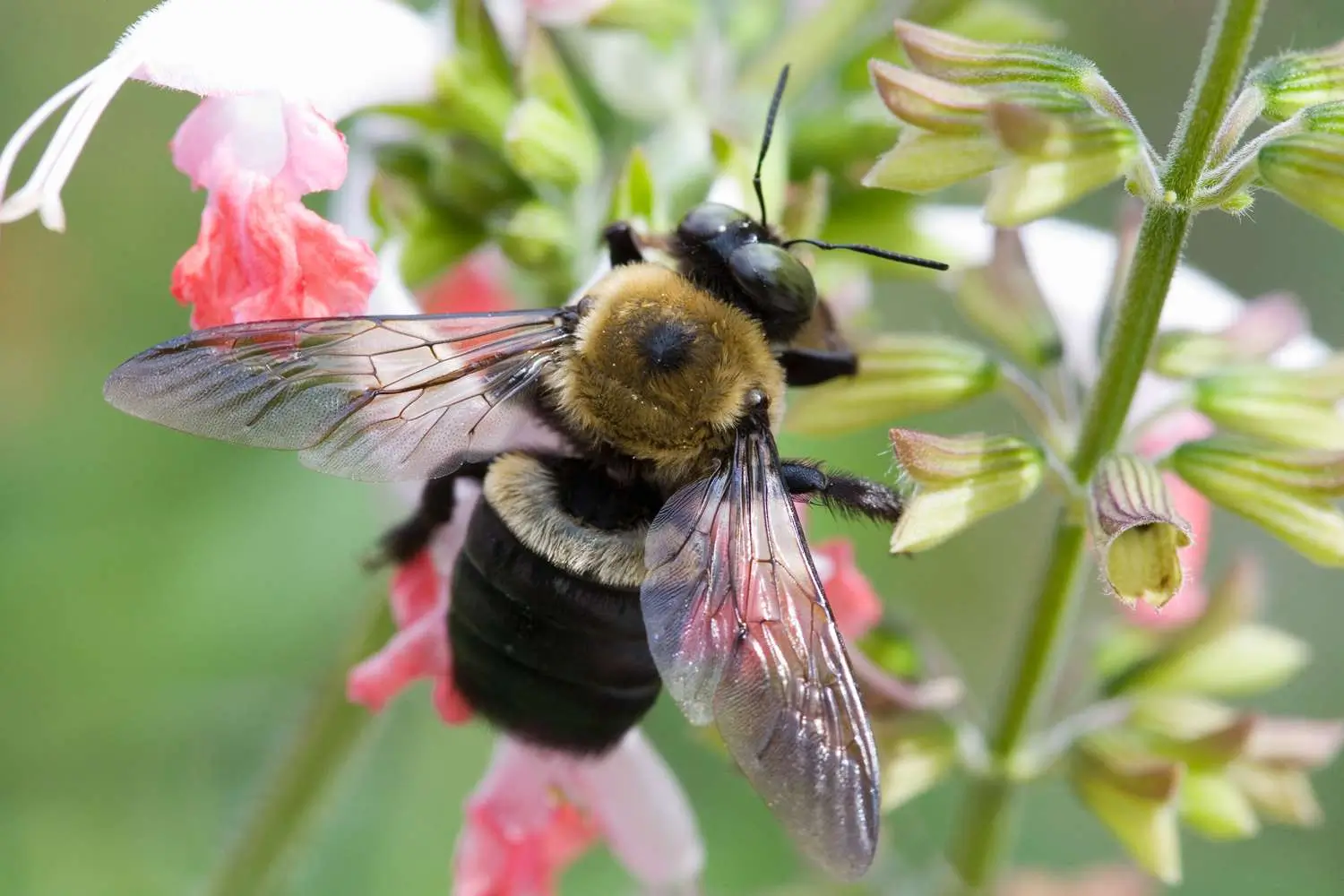
Pest Identification & Prevention
Victor Miller
My Account
Our team is always here to help.
We are open Monday - Friday, 9:00 AM to 4:30 PM PST.